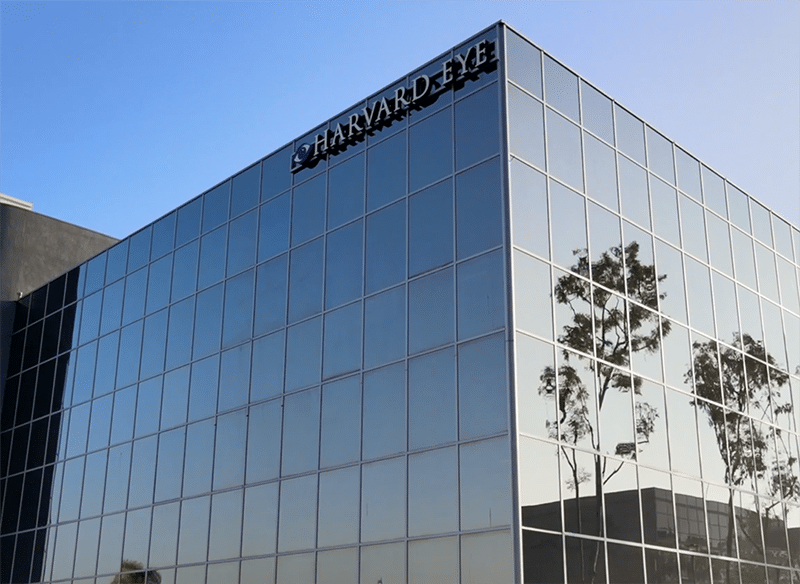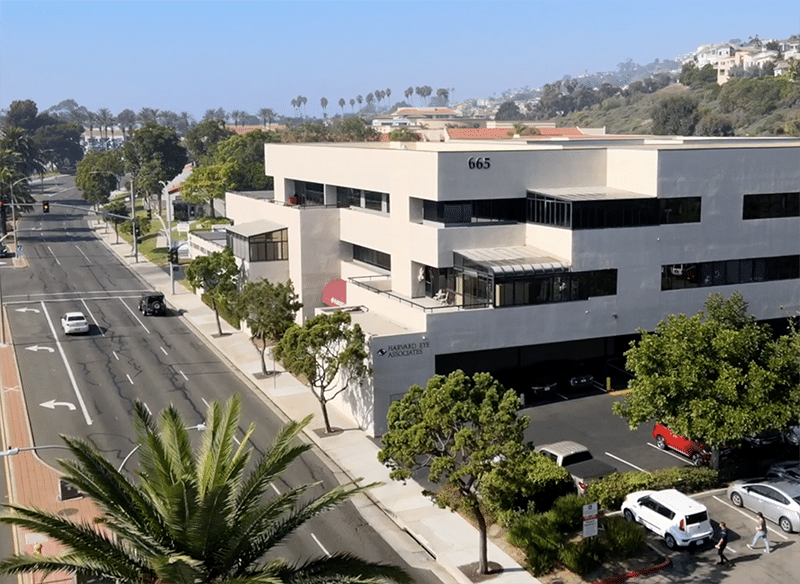 Dry eyes are no fun: They itch, sting and tear up. Many LASIK patients, approximately 50%, experience dry eye symptoms following their LASIK surgery. The reason so many people experience dry eye after LASIK is that the creation of the corneal flap affects the nerves that regulate the production of tears.
Dry eyes are no fun: They itch, sting and tear up. Many LASIK patients, approximately 50%, experience dry eye symptoms following their LASIK surgery. The reason so many people experience dry eye after LASIK is that the creation of the corneal flap affects the nerves that regulate the production of tears.
If you have developed dry eye after undergoing LASIK, you are not alone. The symptoms are usually mild, and they typically don’t last long. However, in some cases dry eye can persist for months or years. Thankfully, there are several dry eye treatments available.
Remedies to Treat Mild Dry Eyes:
- Use over-the-counter preservative-free lubricating artificial tears at least 4 times per day or more if desired, especially following LASIK.
- Avoid dehydration by drinking plenty of water. Staying hydrated helps produce natural tears more effectively.
- Avoid excessive amounts of caffeine which has a drying/diuretic effect.
- Add dietary omega-3 fatty acids such as 1000mg molecularly distilled fish oil oral soft gels to optimize the oily portion of the tear film and prevent tear evaporation.
- Use emollient eye drops, such as Soothe or Endura, which contain lipid emollient lubricants to stabilize the lipid layer of the tears and promote overall tear stability.
- Use a room humidifier to humidify environmental air. This can make a very significant difference. By putting a humidifier in your bedroom or office, moist air can help keep the eye surface hydrated, instead of dry air depleting moisture out of the eyes.
Prescription Treatments for Severe Dry Eyes:
- Restasis eye drops improve natural tear production. By reducing ocular surface inflammation, the tear glands can produce natural tears more efficiently.
- Steroid eye drops treating inflammation on the ocular surface has been shown to increase tear production to improve eye comfort.
- Low dose oral doxycycline pills treat any underlying blepharitis and stabilize the tear film.
- At a low dose, doxycycline has anti-inflammatory properties, rather than antibiotic properties, to treat rosacea and blepharitis.
- Punctal plugs help tears stay in the eye longer. Eye drops and tears naturally drain through tiny openings located within the inner angle of the eyelids along the nasal passages. Placing tiny plugs in each opening, called a puncta, can reduce the drainage of tears away from the eye surface.
- Autologous serum eye drops are manufactured by drawing the patient’s own blood and concentrating the serum by centrifugation. Serum eye drops contain natural growth factors and immunoglobulins that can heal and nurture the ocular surface.
To find out which dry eye treatments may be right for you, contact Harvard Eye Associates at 949-951-2020 or harvardeye.com to schedule an appointment with one of our doctors.




